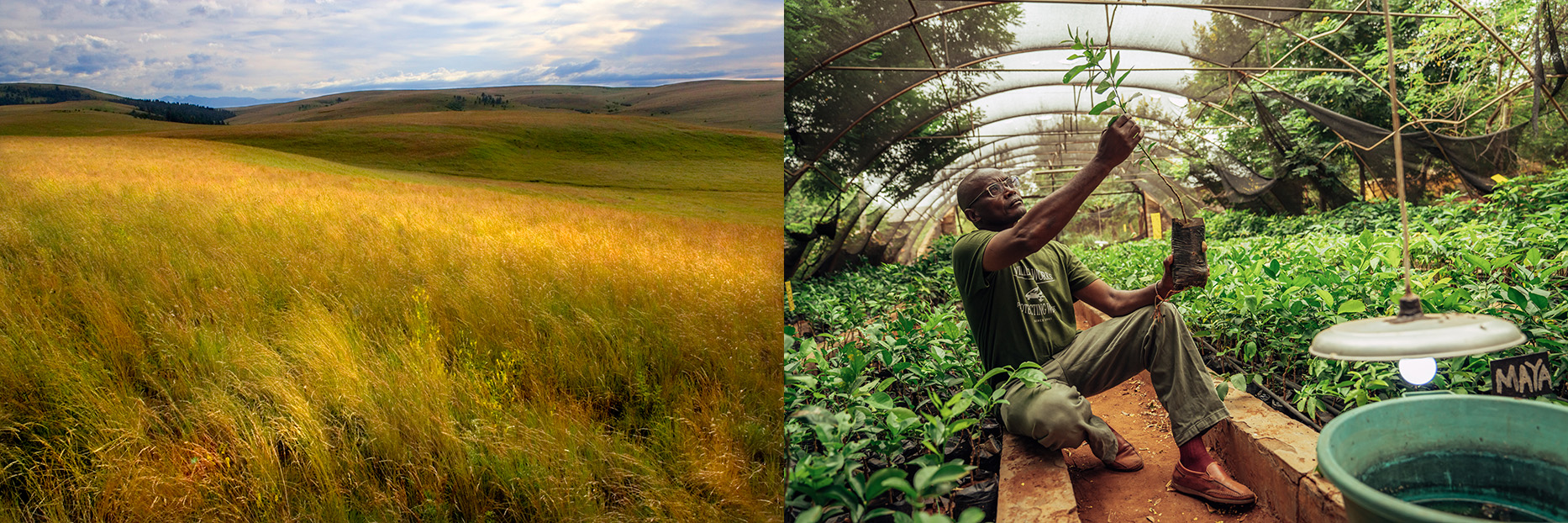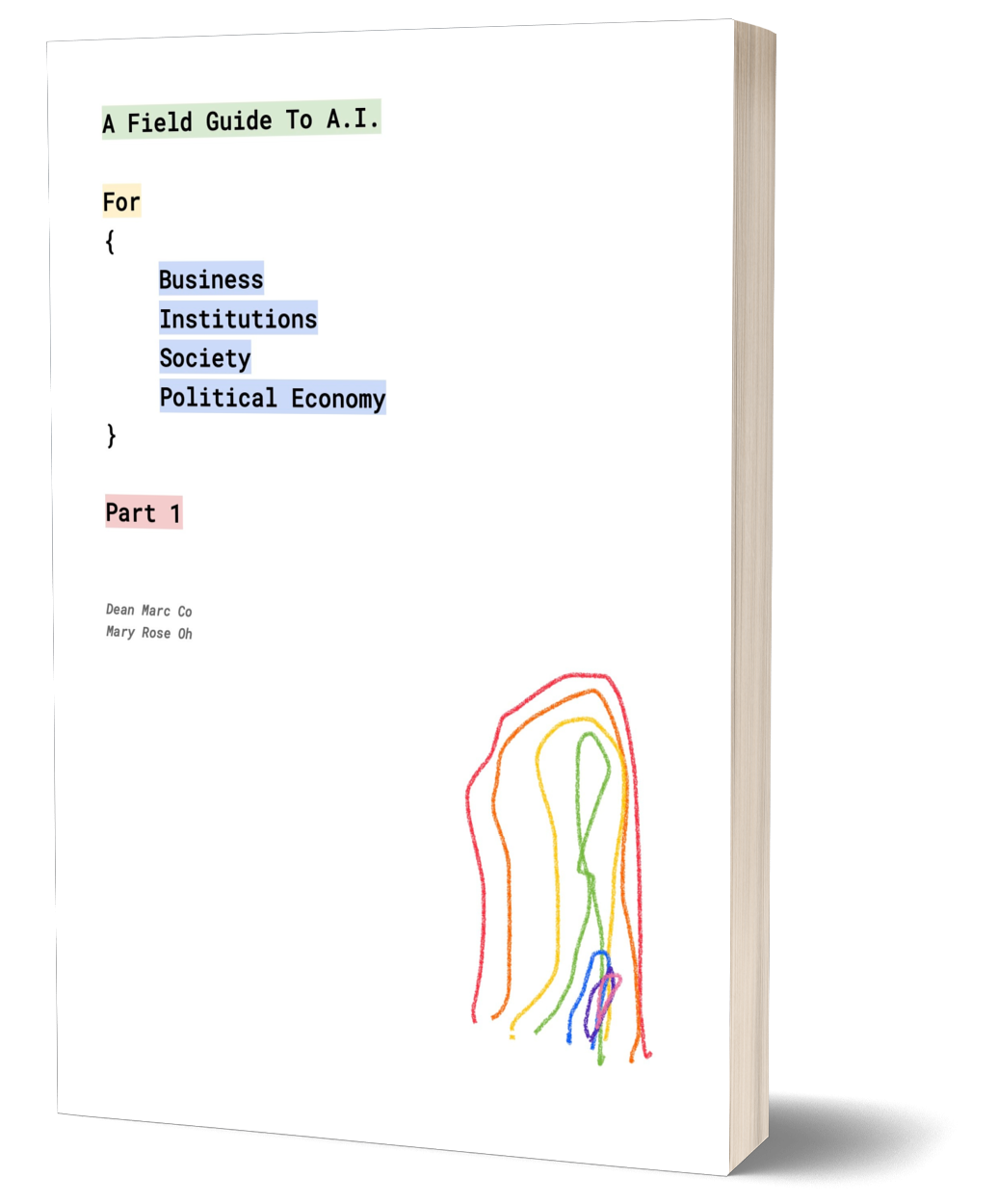I’ve worked as a scientist in countries like Kenya, Brazil, and Mexico, studying nature’s ecosystems and how they provide our planet with life support free-of-charge. People recounted their struggle to survive as humanity undermines these systems one-by-one – stories that profoundly impacted my thinking. Then in 2009, I was part of the team that developed the world’s first science-based climate target methodology, leading to a movement now 1,000+ companies strong.
Today, I’m fortunate to be able to combine my love of science and storytelling at Netflix, where we aspire to entertain the world. But that requires a habitable world to entertain. And scientists around the world agree we need to stabilize the climate at no more than a 1.5ºC temperature rise to avoid the worst results of climate change – and ensure healthy life support systems for our children.
To help reach this goal, Netflix will achieve net zero greenhouse gas emissions by the end of 2022, and every year thereafter. We have a plan called Net Zero + Nature, and here’s now it works:
From our partners:
Step 1: REDUCE our emissions
We’ll start first by reducing our internal emissions, aligning with the Paris Agreement’s goal to limit global warming to 1.5°C. We will also reduce Scope 1 and 2 emissions by 45% by 2030, based on the Science-Based Targets Initiative Guidance.
Step 2: RETAIN existing carbon storage
By the end of 2021, for emissions we can’t avoid internally, including Scope 3 emissions, we’ll fully neutralize them by investing in projects that prevent carbon from entering the atmosphere. We’ll start by conserving at-risk natural areas like tropical forests that are critical to meeting global climate goals.
Step 3: REMOVE carbon from the atmosphere
By year-end 2022, we will incorporate investment in the regeneration of critical natural ecosystems to achieve net zero. These projects, such as restoring grasslands, mangroves, and healthy soils, capture and store carbon, in addition to other benefits.
Nature is at the heart of our commitment, as environmental leaders like Christiana Figueres tell us we can’t achieve climate goals without protecting and regenerating natural ecosystems. This approach buys us time to decarbonize our economy, while restoring these life support systems.
For example, the Lightning Creek Ranch project in Oregon shows our “Retain” goal in practice – with our investment helping preserve North America’s largest bunchgrass prairie. In Kenya, we’re supporting the Kasigau Corridor REDD+ Project, protecting the dryland forest that’s home to hundreds of endangered species and provides local residents alternative incomes to unsustainable activities like poaching.

Left: The Oregon Grasslands Project, courtesy of The Nature Conservancy and Aaron Huey. Right: The Kasigau Corridor REDD+ project, courtesy of Filip Agoo.
Science-based Strategy
Our strategy aligns with the latest guidance from Oxford University and the Science-Based Targets Initiative’s (SBTi) criteria, where our program will achieve 10 out of 10 of SBTi’s recommended guidelines. We joined the U.N.’s Business Ambition for 1.5°C group of companies, as well as America is All In, a consortium committed to execute against theParis Agreement’s goal to limit global warming to 1.5ºC.
The advice of more than 60+ experts shaped our strategy, from researchers at Lawrence Berkeley National Laboratory, to renewable energy and sustainable aviation experts at ENGIE Impact, to policy pros at Natural Resources Defense Council. We also formed an independent advisory group of experts who volunteer their time to counsel and provoke us:
- Dr. Johan Rockström, Director of the Potsdam Institute for Climate Impact Research
- Christiana Figueres & Tom Rivett-Carnac, co-architects of the Paris Agreement and founders of Global Optimism
- Dr. Katharine Hayhoe, Chief Scientist, The Nature Conservancy and Distinguished Professor and Chair, Texas Tech University
- Kelly Kizzier, VP Global Climate, Environmental Defense Fund
- Derik Broekhoff, Senior Scientist, Stockholm Environment Institute
- Marcene Mitchell, SVP Climate &Tim Juiliani, Corporate Engagement, WWF
- Xiye Bastida, youth activist and winner of Spirit of the UN award
You can read some of the reactions to Net Zero + Nature from some of these advisory group members below. To dig deeper into the science and calculations behind our strategy, read our technical blog and our 2020 Environmental, Social, Governance report.
Understanding our footprint
Our 2020 carbon footprint was 1,100,000 metric tons. Roughly half (50%) of that footprint was generated by the physical production of Netflix-branded films and series, whether we manage them directly (likeThe Midnight Sky), or through a third-party production company (like Our Planet and You vs. Wild). It also includes content we license that is Netflix-branded (like My Octopus Teacher and Down to Earth with Zac Efron).
The remainder (45%) comes from our corporate operations (like the offices we lease) and purchased goods (like our marketing spend). Also, we use cloud providers like Amazon Web Services and the Open Connect content delivery network to stream our service. These account for 5% of our footprint.
We don’t include emissions from internet transmission or electronic devices our members use to watch Netflix. Internet service providers and device manufacturers have operational control over the design and manufacturing of their equipment*, so ideally account for those emissions themselves.
Still, we’ve joined a research effort called DIMPACT that is establishing consensus on how to measure the footprint of streaming and other internet uses. It’s led by the University of Bristol, where researchers have built a calculator tool we used to validate our own estimates, concluding that one hour of streaming on Netflix in 2020 to be well under 100gCO2e, equivalent to driving a gas-powered passenger vehicle a quarter mile (or 400 meters). These results are consistent with our peers and validated by our independent advisory group. Carbon Trust will publish a White Paper on the topic this spring. By better understanding the footprint of streaming, our industries can better reduce it.
The Story of Sustainability
When it comes to entertainment, sustainability is an epic story creators are already telling. In 2020, 160 million households around the world chose to watch at least one film or show on Netflix that helped viewers better understand these issues.
As examples, 100 million households have tuned in to Our Planet since its release in April 2019. The docuseries on the interdependency of Earth’s systems and living creatures, narrated by David Attenborough, won two Primetime Emmys, among other awards. Earlier this month My Octopus Teacher was nominated for an Oscar, following other wins.
As Attenborough has said “We need to learn how to work with nature, rather than against it.” Net Zero + Nature is our first major foray into this work. Stay tuned for more.
* GHG accounting guidance does not yet exist for streaming companies on this topic. Per the GHG Protocol, the most common method by which to allocate emissions to one company or another is called “operational control method” (page 18 of the Protocol).
————-
Emma Stewart, Ph.D. (she/her/hers) serves as inaugural Netflix Sustainability Officer, a position she’s held since October 2020. She holds a Ph.D. from Stanford University and a B.A. Honors from Oxford University. Prior to Netflix, she was a Director at World Resources Institute, Head of Sustainability Solutions at design software leader Autodesk where she co-authored the world’s first science-based corporate climate target, and founded the R&D department at Business for Social Responsibility. She has contributed to multiple books and taught “Intrapreneurship for Sustainability” at UC Berkeley and Stanford University.
————-
Reactions from the sustainability community
“Netflix’s Sustainability Strategy is music to our ears. We are delighted to see Netflix apply the same positive disruption to sustainability that they’ve applied in their business, upping the ambition for achieving near-term net zero targets and harnessing its superpower of storytelling to educate and entertain citizens.” –Christiana Figueres, co-architect of the U.N. Paris Agreement, co-founder of Global Optimism
“Netflix is showing the world how to combine GHG reductions – black carbon – with restoring natural carbon sinks – green carbon – in a scientifically robust way. I’m inspired by the potential transformative change they can bring by exemplifying this both behind, and in front of, the camera.” – Dr. Johan Rockström, Director of the Potsdam Institute for Climate Impact Research
“The film industry needs a leader when it comes to climate action. Changing the world begins with one company stepping up and inspiring others to join them. I’m thrilled at how Netflix is taking on this leadership role, informed by both the physical science that explains how our choices affect our world and the social science that explains how we can make change happen.” – Dr. Katharine Hayhoe, Chief Scientist, The Nature Conservancy and Distinguished Professor and Chair, Texas Tech University
“Netflix is leading the way in climate action by using a model that combines science-aligned internal reduction targets with high quality emission reductions and removals from nature based solutions. It is crucial that companies find ways to invest in the world’s most vulnerable ecosystems because the protection and preservation of our forests plays a critical role in the fight against climate change.” –Kelley Kizzier, VP for Global Climate, Environmental Defense Fund
For enquiries, product placements, sponsorships, and collaborations, connect with us at hello@zedista.com. We'd love to hear from you!
Our humans need coffee too! Your support is highly appreciated, thank you!

